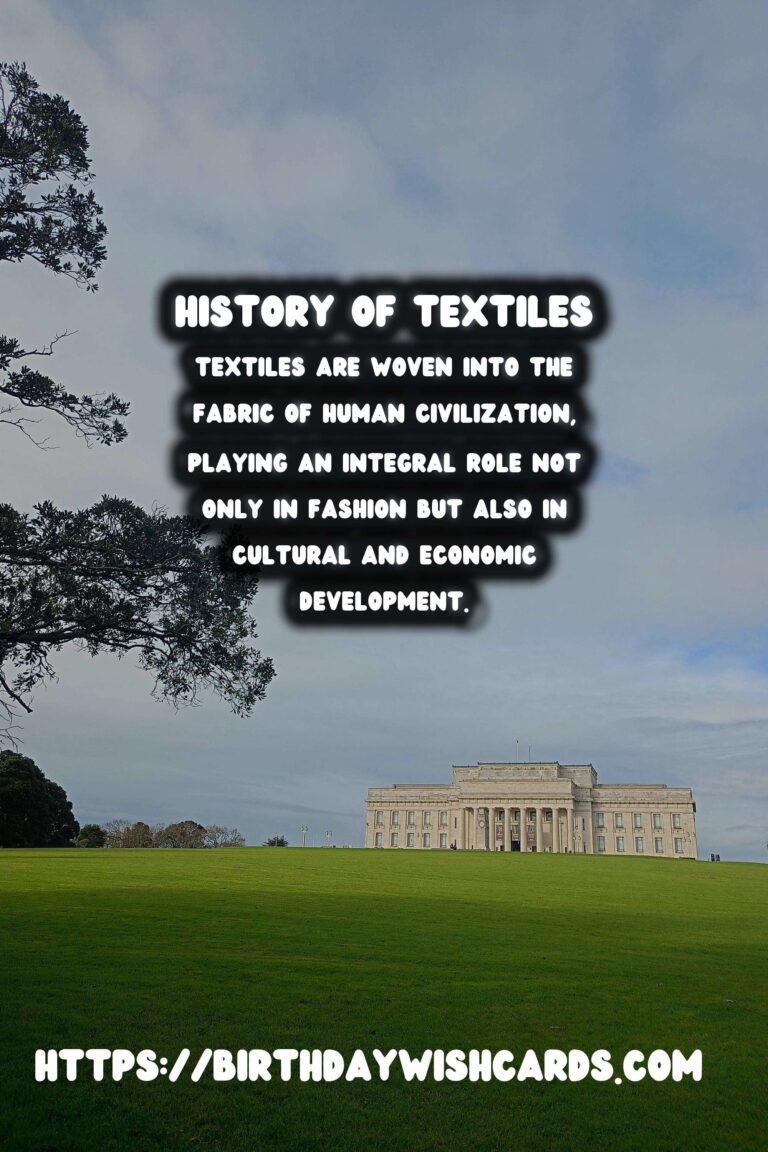
Textiles are woven into the fabric of human civilization, playing an integral role not only in fashion but also in cultural and economic development. The history of textiles is as varied as it is lengthy, with each era leaving its mark through the innovations and techniques developed during its time.
Ancient Egyptian Linens
Starting our exploration in Ancient Egypt, we find the earliest known examples of textiles being produced. Egyptian linens, renowned for their fine texture and durability, were often created from the flax plant. These linens were a symbol of wealth and were primarily worn by the affluent and ruling classes. Not only used in clothing, Egyptians also used textiles in religious ceremonies and as burial shrouds, reflecting their importance in daily and spiritual life.
Beyond their practical uses, textiles in Egypt were a significant trade good. Linen’s quality made it highly demanded, helping Egypt earn its place as a hub of trade in the ancient world.
The Middle Ages: Wool Dominance and Textile Guilds
With the fall of the Roman Empire, Europe’s textile industry underwent significant changes. Wool became the dominant fabric, particularly in cooler climates. The establishment of textile guilds during the Middle Ages gave rise to specialized craftsmanship, promoting higher standards and paving the way for innovations like the horizontal loom.
Guilds played a critical role in regulating the quality and method of textile production, which facilitated trade and furthered societal advancements in Europe.
The Renaissance and Fine Silks
As Europe entered the Renaissance, a surge in cultural and economic activity brought about luxurious fabric production such as silk. The improved trade relationships between the East and the West through the Silk Road allowed for the introduction and adaptation of silk-making techniques, spreading fine textiles throughout Europe.
Venice and Florence became central hubs in the creation and exportation of exquisite silks, setting the stage for a wave of cultural expression through textiles that would influence art and clothing design for centuries.
The Industrial Revolution: Birth of Mass Production
The Industrial Revolution marked another crucial period of transformation in the textile industry. The invention of machinery like the spinning jenny, power loom, and cotton gin drastically altered production, transitioning it from a primarily home-based activity to a full-fledged industry.
This era revolutionized textile manufacturing, decreasing production time and costs, and significantly increasing accessibility to different fabrics. It created an economic boom and was critical in establishing textile production as one of the first industries to be industrialized.
The repercussions of this period were felt worldwide, as textile factories rose in every corner of the globe, making textiles more affordable and varied than ever before.
Modern Day and Future Perspectives
In contemporary times, textiles continue to evolve rapidly with the advent of synthetic fibers and smart textiles. Technological advancements have allowed textiles to expand beyond traditional uses, embracing sustainability, innovation, and customization.
Moving forward, the industry faces challenges and opportunities in becoming more environmentally friendly and ethically conscious, as global consumers increasingly demand sustainability and transparency.
The history of textiles is a fascinating journey that mirrors the collective human experience, from practical necessity to art form, and from exclusive luxury to accessible commodity. It is an evolving narrative that continues to unfurl in exciting ways.
Textiles are woven into the fabric of human civilization, playing an integral role not only in fashion but also in cultural and economic development. The Industrial Revolution marked another crucial period of transformation in the textile industry. 
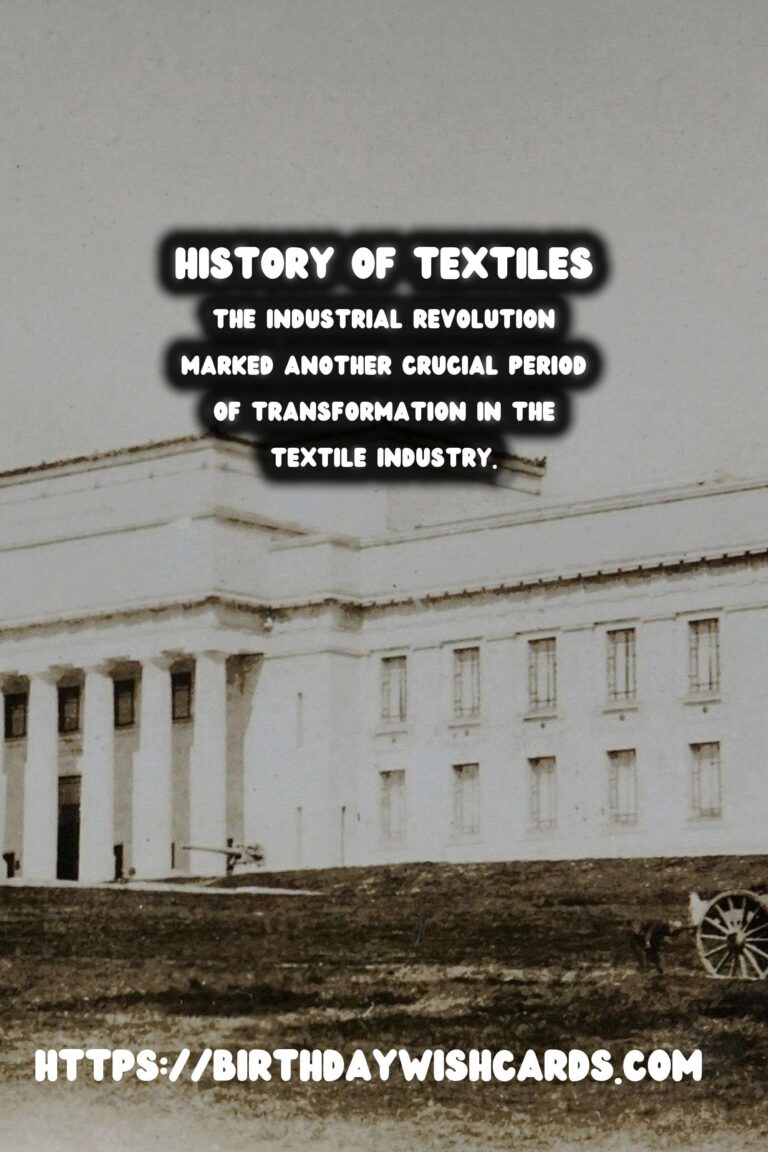
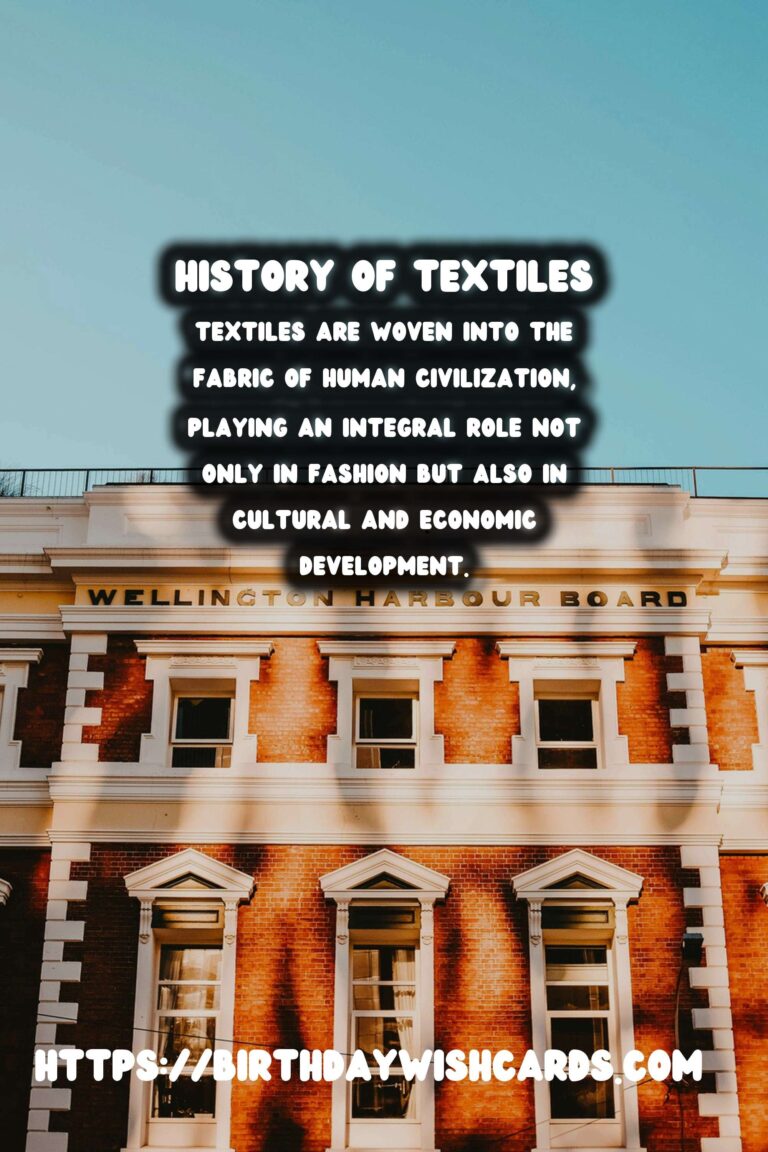
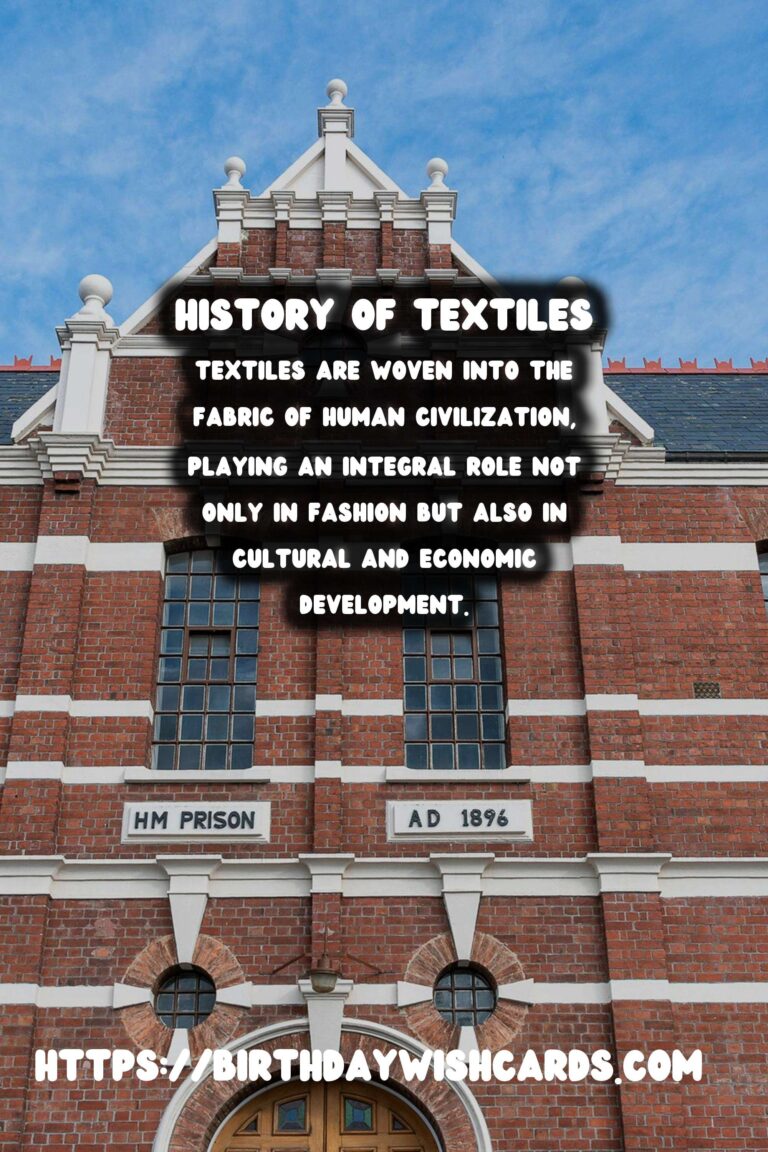

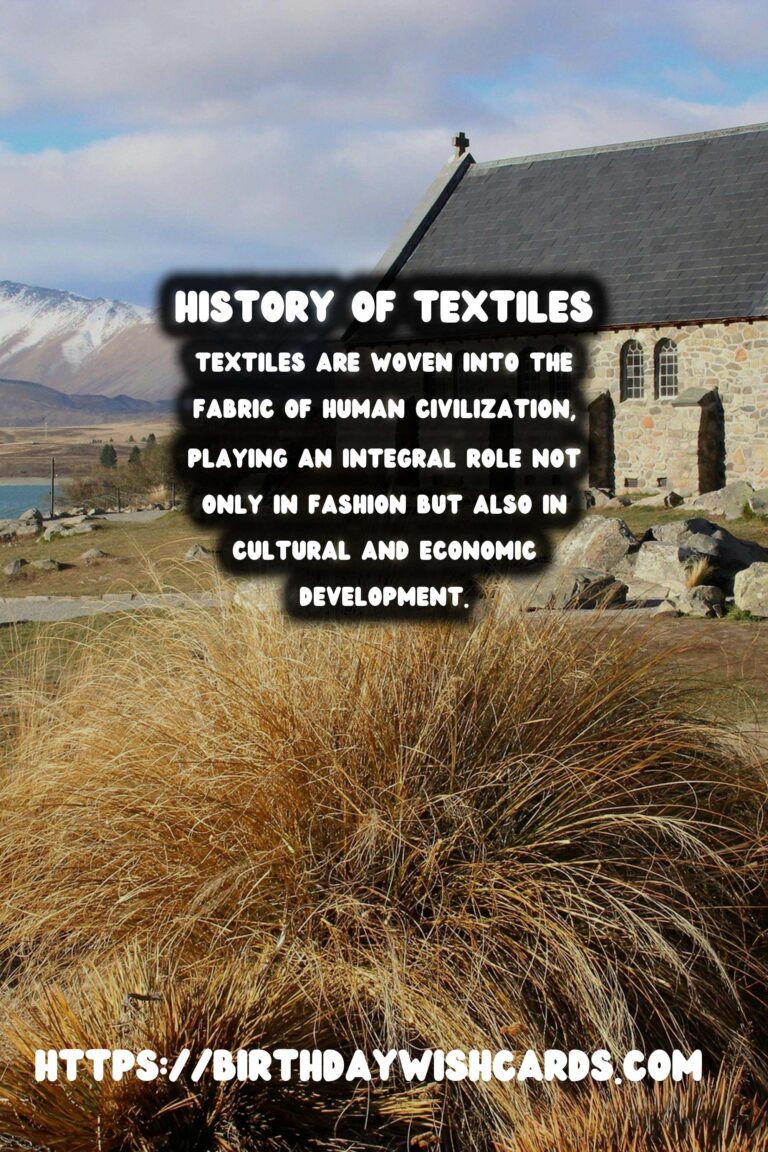
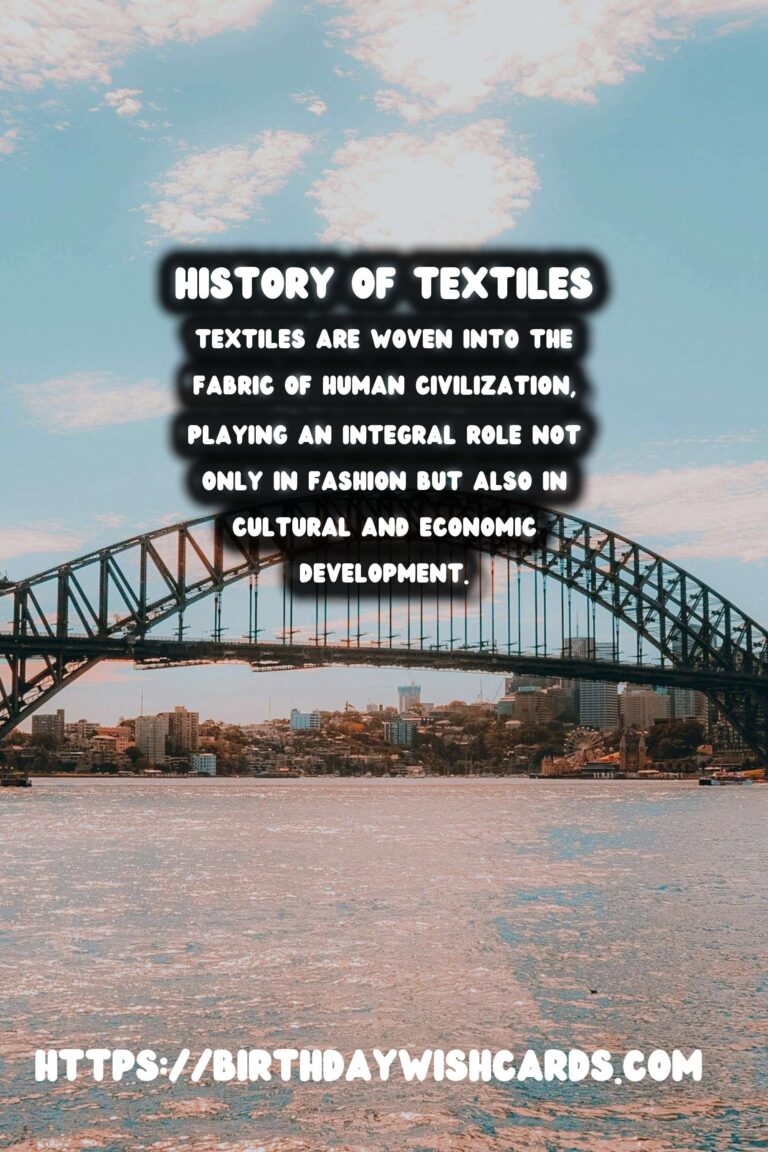
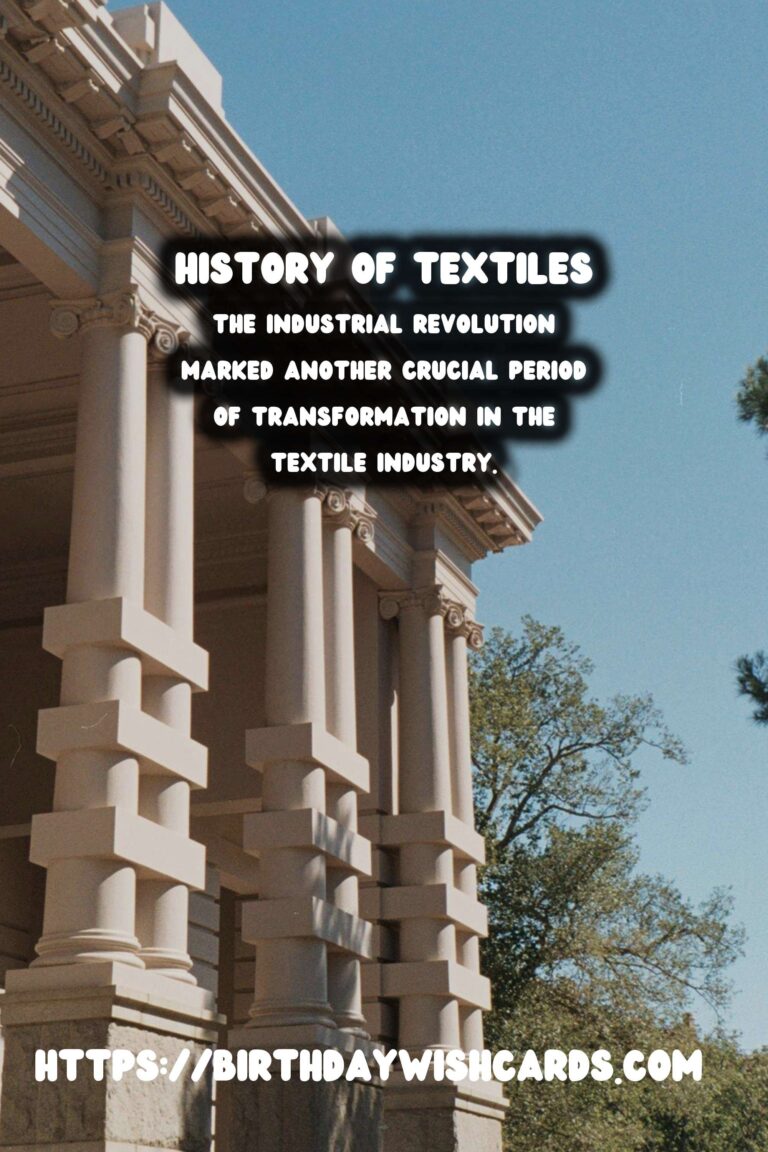

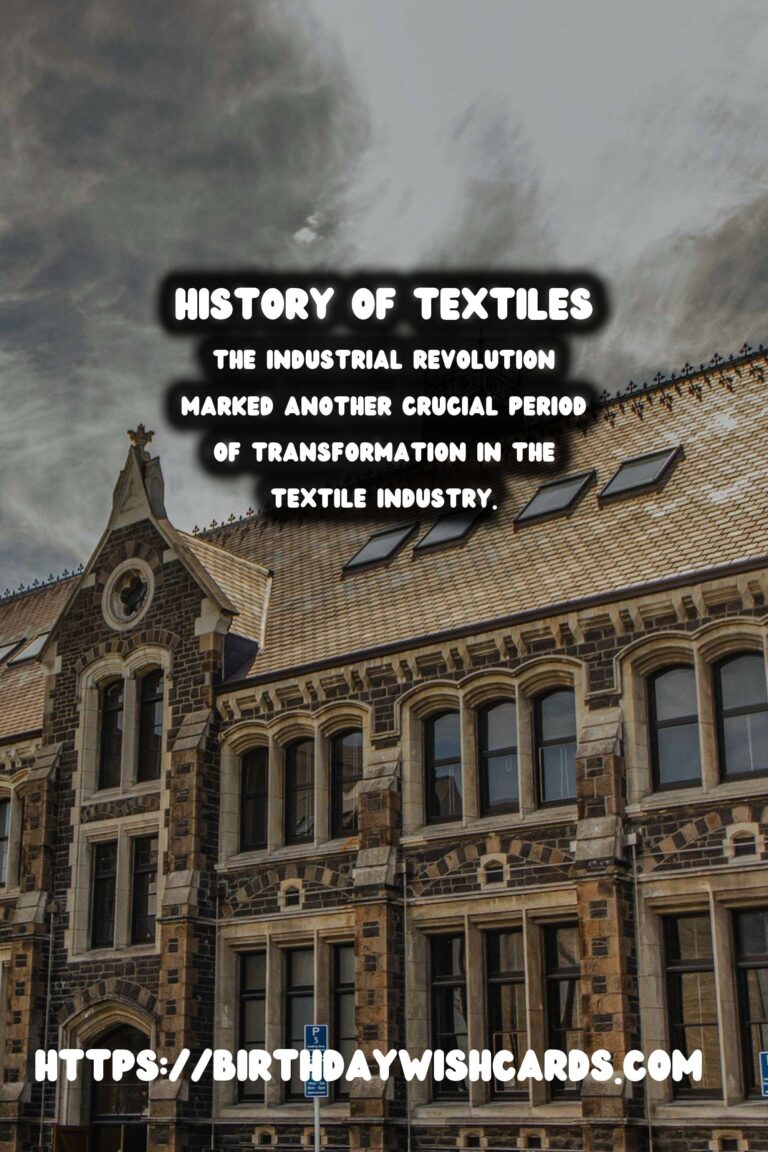
#TextileHistory #CulturalFabric




